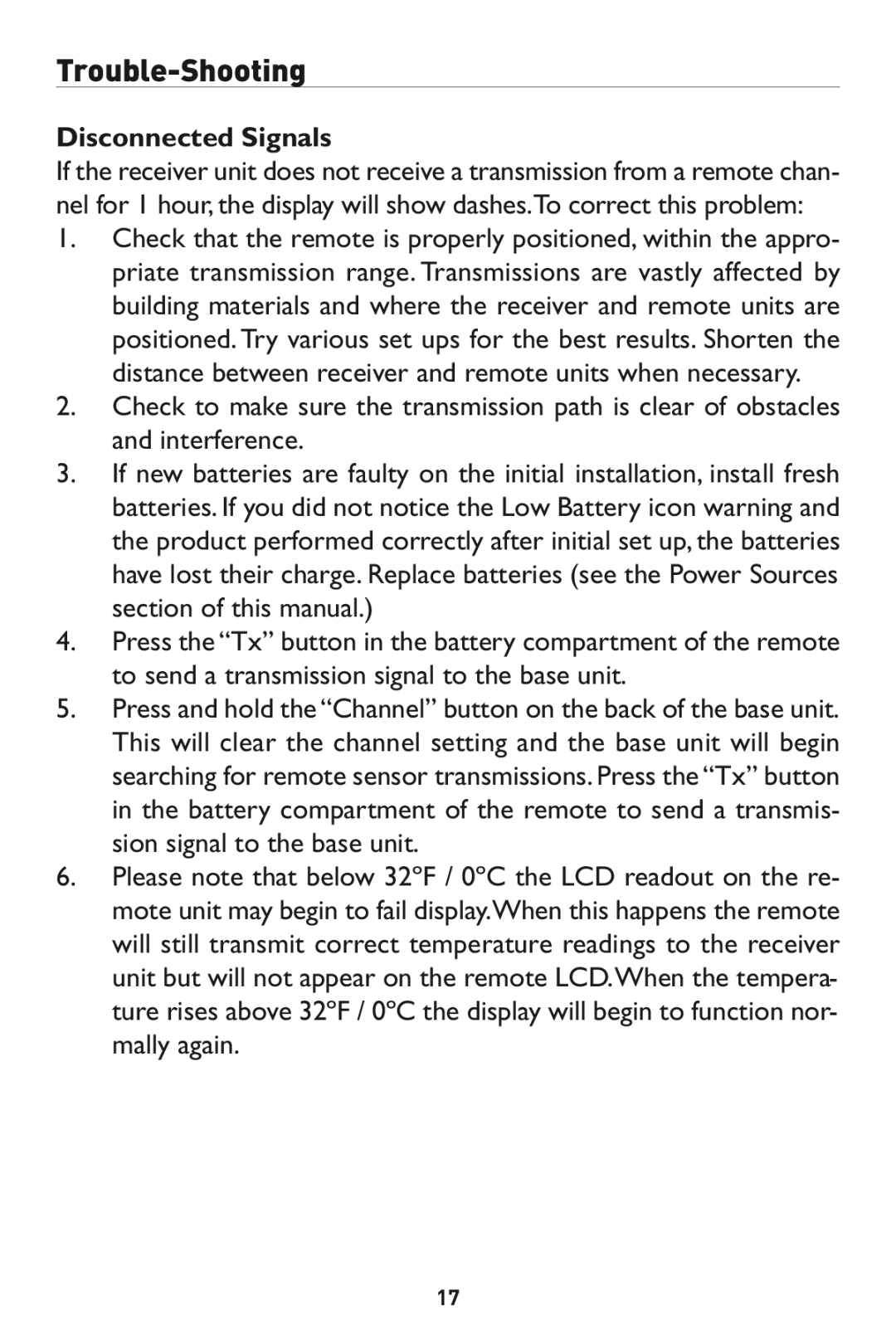1526 specifications
The Taylor 1526 is a high-quality acoustic guitar that embodies the perfect blend of craftsmanship, innovative technology, and premium materials. This model is part of Taylor's popular 1500 series and is revered for its rich tone, playability, and stunning aesthetics. Designed to inspire musicians of all skill levels, the 1526 is a favorite among singer-songwriters, performers, and recording artists alike.One of the defining features of the Taylor 1526 is its body shape. The Grand Symphony cutaway design enhances both comfort and playability while providing a larger tonal range. The guitar’s solid Sitka spruce top ensures a bright and clear projection, while the solid Indian rosewood back and sides contribute to its warm, resonant sound. This combination of tonewoods results in a well-balanced instrument with a rich low end and pronounced midrange, making it suited for various playing styles from fingerpicking to strumming.
The Taylor 1526 is equipped with the brand's Expression System 2 (ES2) electronics, providing an effortless way to amplify its natural sound. This system captures the guitar's tonal nuances more accurately than traditional pickups, ensuring that musicians can maintain the instrument's authentic character when plugged into an amplifier or sound system.
In terms of playability, the 1526 features a sleek neck profile that allows for smooth transitions between chords and easy navigation up the fretboard. The ebony fingerboard and bridge add to the overall aesthetic appeal and enhance playability due to their durability and responsiveness. The attention to detail extends to the guitar’s aesthetics, with elegant appointments like white binding, a glossy finish, and a beautiful rosette that catches the eye.
Furthermore, Taylor Guitars is known for its commitment to sustainable practices, using responsibly sourced materials in the construction of the 1526. The brand’s dedication to quality and innovation has made the Taylor 1526 a top choice for musicians seeking a reliable and versatile instrument that excels in both studio and live environments.
In summary, the Taylor 1526 acoustic guitar represents a harmonious blend of beauty, performance, and sustainability. Whether for personal enjoyment, live performances, or studio recordings, this instrument stands out as a testament to Taylor’s craftsmanship and forward-thinking approach to guitar design.
